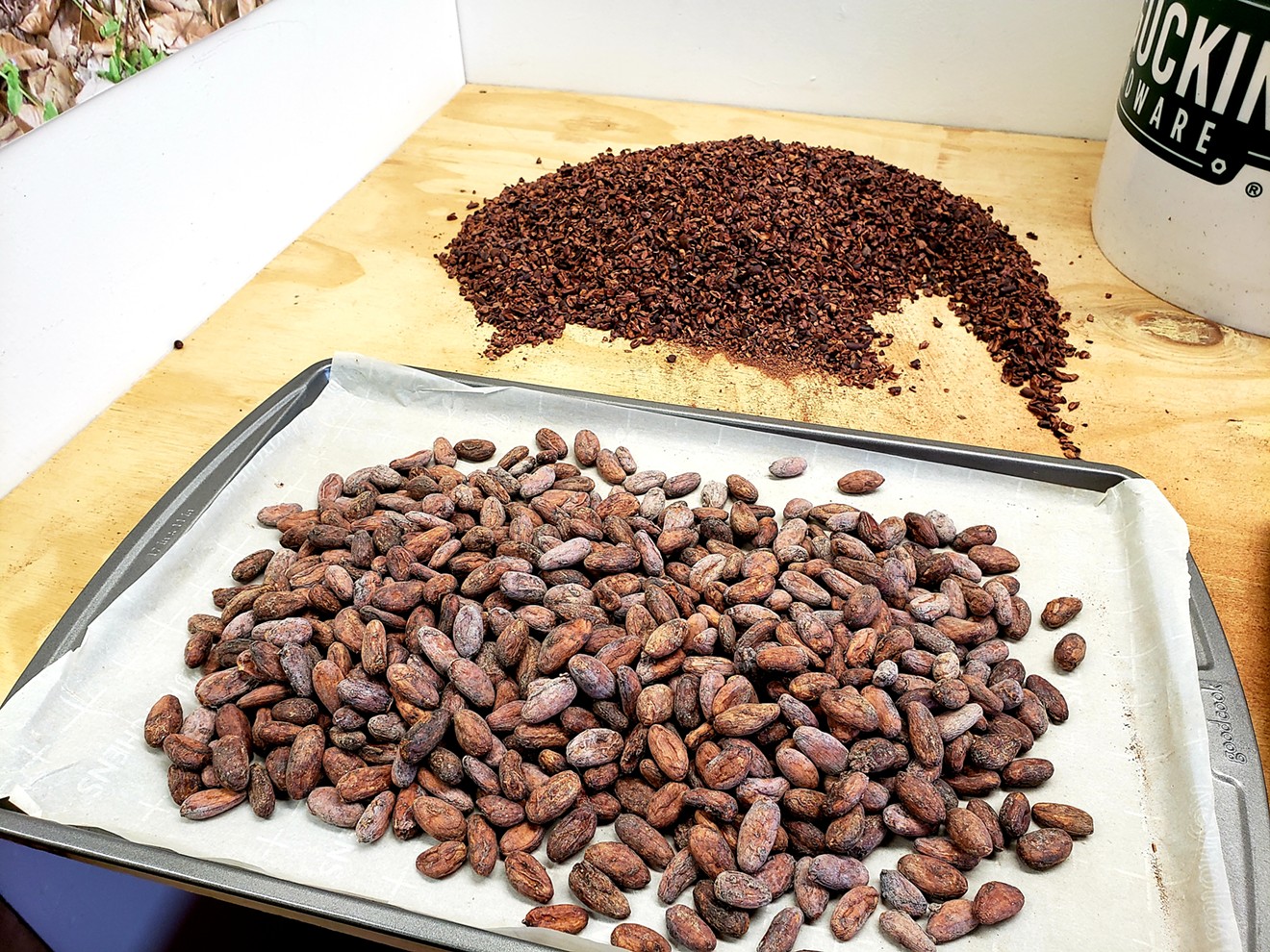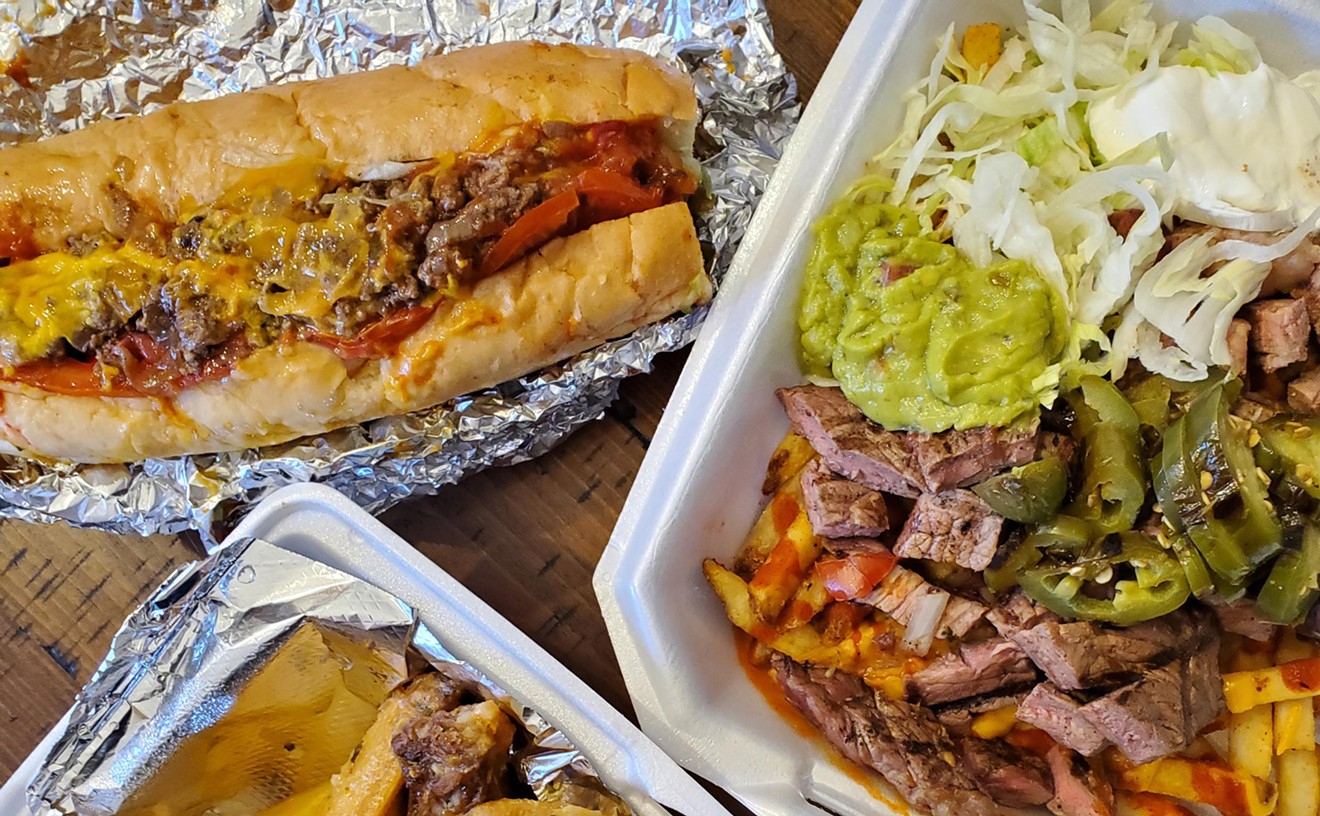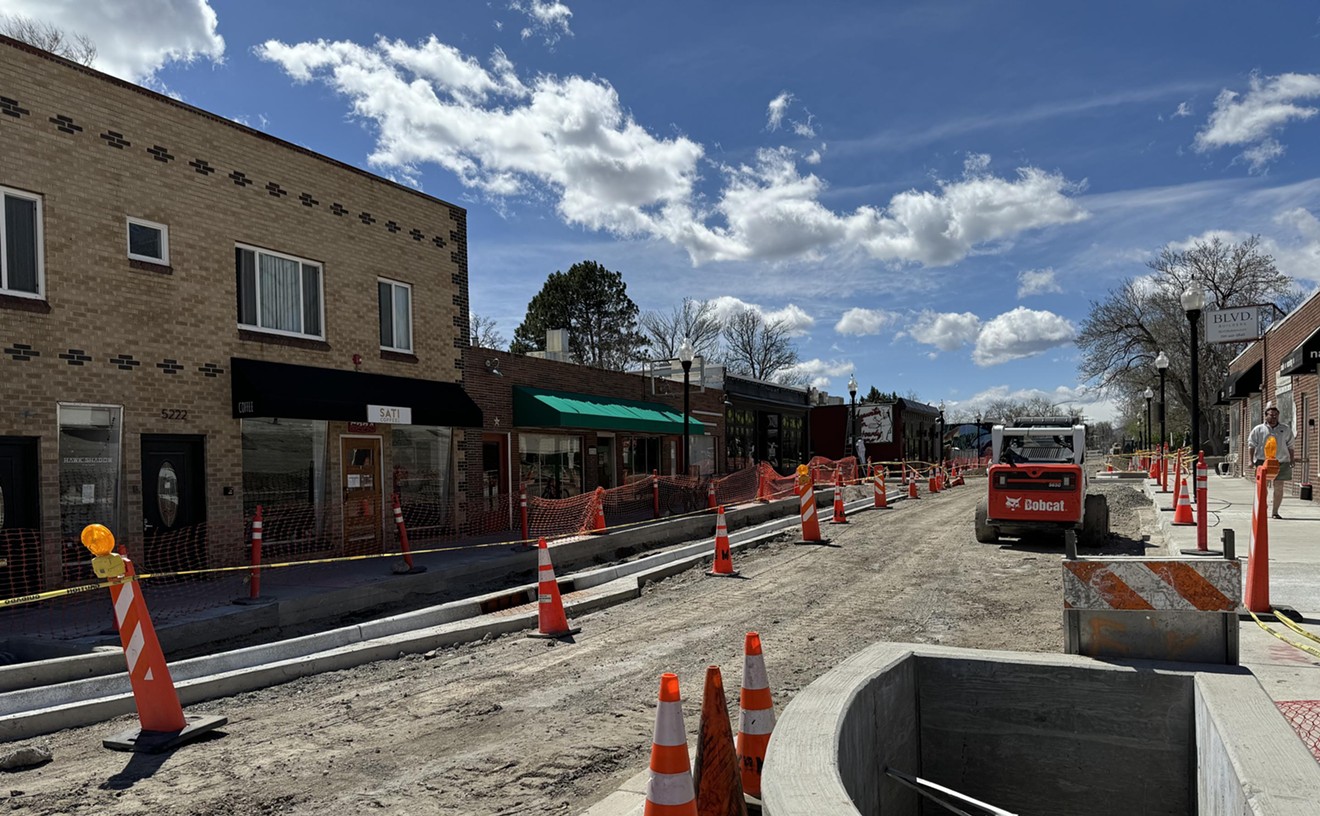Roasting cacao smells just like freshly baked chocolate chip cookies, something Michael Caines knows well. For the past few years, he's been running Shanao Cacao, a farm-to-bar chocolate company in Boulder.
He never thought life would lead him down this chocolaty path, though. "Before, I would never really eat chocolate, but now I eat it all the time by tasting the beans and the finished product," says the Australian-born Caines, who worked as an IT broker before starting Shanao Cacao in 2013.
The idea for the company began on a whim about five years ago when the brother of Caines's wife, Jen, offered him the chance to buy an eight-and-a-half-acre cacao plantation in Peru. Jen, a native of Colorado, wanted to live back in Boulder, and the two were ready for something new. So they dove right in.
"I told my wife if she was going to make me move to America, I was going to buy a farm in Ecuador," says Caines. "I didn't realize it would be a chocolate farm in Peru."
The plantation is part of a small community in Peru with an interesting backstory. The town of Shanao was first settled by a man named Nicefero, who arrived by river in the 1970s with fifty potted cacao trees loaded in a boat. He still runs things, and his picture hangs on the wall among photos of cacao pods, Peruvian landscapes, farmers and local kids. But when the Caineses first arrived on Nicefero's farm, it wasn't anything like it is today.
"What we noticed when we went to Peru was there were no rules for quality," says Caines, who ended up building an Android app that offers three sets of data to help them keep track of the weather, the types of cacao being harvested and what's going on at each area of the farm. It took around three years to build fermentation chambers and a system that worked both for the Caineses' new company and for the local workers.
"Now we're very quality-controlled, and I can tell you all the info on a bag of seeds from what the weather was like on the third day of fermentation to the humidity over in that area of the farm," says Caines, happy with how transparent the production of his chocolate bars has become for the consumer.
Shanao Cacao launched its line of chocolate bars to the public about a year ago. But before the chocolate becomes the tasty treat we nibble with coffee or after a hearty meal, it starts with cacao pods. After harvesting, the seeds take about seven days to ferment, with workers raking the pile of beans about every four hours the first two days and then about every thirty minutes thereafter — from dawn to dusk. Once the fermentation and drying is done, the seeds get sorted and bagged before being shipped to the production facility in Boulder.
The process is very labor-intensive and the Caineses don't want to exploit the farmers. For that reason, Shanao is a 501(c)3 nonprofit organization. That way, more funds can go back to farmers, paying them a wage about twice the average in Peru. Caines explains that the company also helps provide resources and education in the off-season so that farmers aren't forced to "slash and burn" the rainforest to grow corn for money, and instead have a support system through the cacao business that carries them through the year.
Caines has trademarked this business model as Regenerative Trade, something he and the company plan to expand on. After all, the name Shanao is a word from the community that means "new you," something the couple sees as both a hopeful moniker and a metaphor for what they are doing with cacao production.
Every summer, the Caineses and their two kids visit Peru to work on the farm. It's the busiest time of the year for cacao, and the trip allows the couple to see firsthand what's happening on their property and to manage the cacao quality.
Right now Shanao Cacao processes about twenty kilograms of cacao a week, which translates to 200 to 300 bars. The goal is to increase production to 100 kilograms, or about 1,000 bars, a week. The demand for his chocolate is there, says Caines, and he wants to make more and expand outside of the coffeehouses, artisan shops and small grocery stores the company sells to in the Boulder area. Once they start making more, you'll be able to pick up a bar at spots all over the Front Range.
Back in the Boulder warehouse, Caines brings out a tray of crackling beans that have just been roasted. The idea, he says (aside from making the whole space smell delicious), is to remove moisture from the beans and tease out some of the bitterness. From there he will winnow the cacao to remove the shell and break apart the nibs. Next comes the grinding, then aging, and finally tempering, which means melting down the product with the desired additives before placing it in a mold to set.
The end product is rich, fruity and satisfying for those seeking a dark bar of chocolate. You can taste the criollo beans, which have a red-berry-like nuance that plays well with the salt, raw cacao nibs or dried raspberry toppings Caines opts for. Of course you can get this high-end bar plain; just keep in mind it's far from the classic cheap chocolate many of us grew up with.
"We sell out all the time," says Caines, chuckling. "My daughter swears our chocolate is the best in the world, but my son spits it out."
Book a factory tour for $10 or a Shanao Cacao chocolate-making class on the company's website, shanaocacao.com.
[
{
"name": "Air - MediumRectangle - Inline Content - Mobile Display Size",
"component": "12017618",
"insertPoint": "2",
"requiredCountToDisplay": "2"
},{
"name": "Editor Picks",
"component": "17242653",
"insertPoint": "4",
"requiredCountToDisplay": "1"
},{
"name": "Inline Links",
"component": "18838239",
"insertPoint": "8th",
"startingPoint": 8,
"requiredCountToDisplay": "7",
"maxInsertions": 25
},{
"name": "Air - MediumRectangle - Combo - Inline Content",
"component": "17261320",
"insertPoint": "8th",
"startingPoint": 8,
"requiredCountToDisplay": "7",
"maxInsertions": 25
},{
"name": "Inline Links",
"component": "18838239",
"insertPoint": "8th",
"startingPoint": 12,
"requiredCountToDisplay": "11",
"maxInsertions": 25
},{
"name": "Air - Leaderboard Tower - Combo - Inline Content",
"component": "17261321",
"insertPoint": "8th",
"startingPoint": 12,
"requiredCountToDisplay": "11",
"maxInsertions": 25
}
]


















